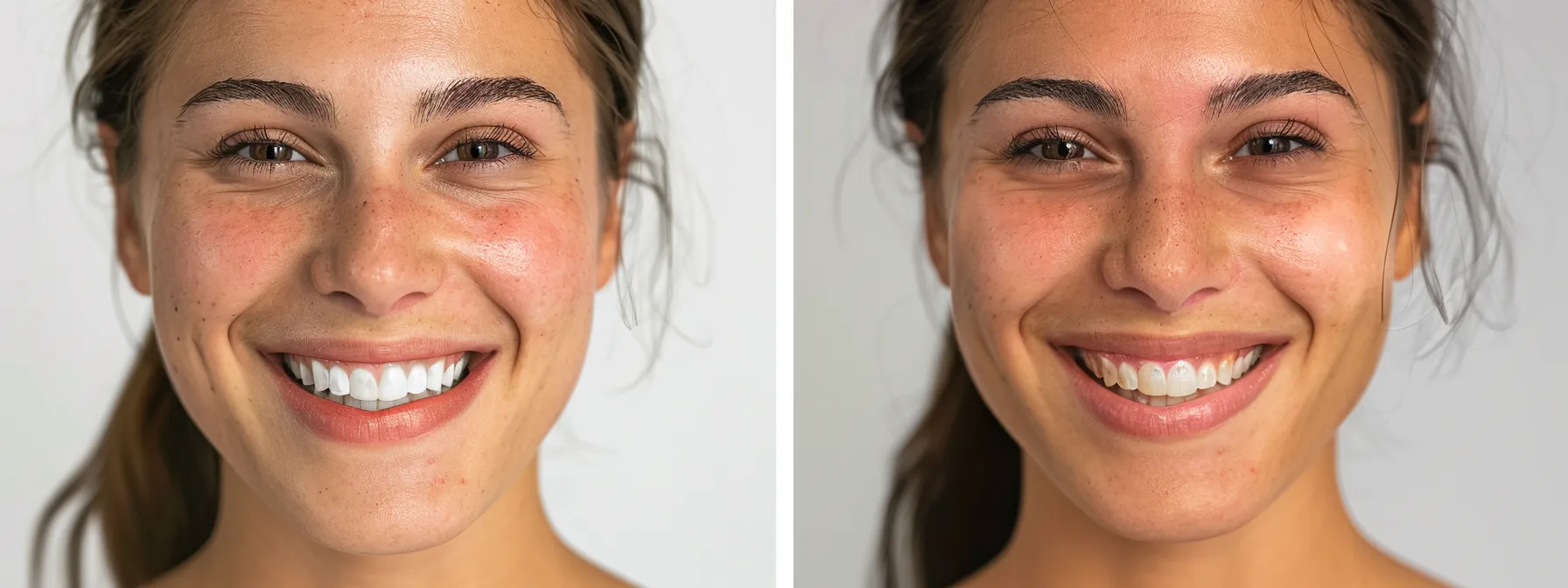Ultherapy is a popular non-surgical treatment for facial tightening, but many potential patients worry about its side effects. Understanding these common side effects, such as temporary redness or swelling, is crucial for anyone considering the procedure. This guide will explore the most frequent side effects of Ultherapy, strategies for managing them, and how to prepare for the treatment to minimize discomfort. By reading this content, individuals can make informed decisions and feel more confident about their healing process, addressing concerns about weakness or discomfort after the procedure.
What Is Ultherapy and How Does It Work?
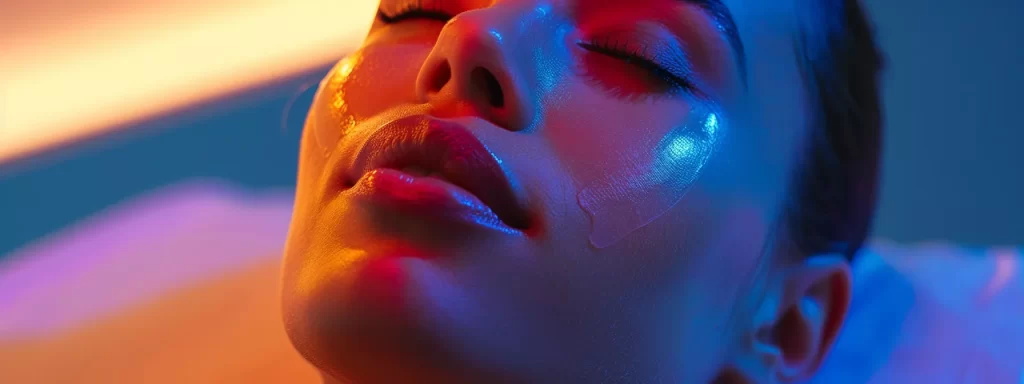
Ultherapy is a non-invasive treatment that uses ultrasound technology to stimulate collagen production, promoting skin tightening and lifting. This procedure is designed to address common concerns related to aging skin, providing patients with a youthful appearance without the need for surgery. Understanding the role of collagen stimulation in this therapy is essential, as it directly impacts the effectiveness of the treatment and the potential for any associated pain.
Overview of the Ultherapy Procedure
The Ultherapy procedure begins with a consultation where a qualified practitioner assesses the patient‘s skin and discusses their goals. During the treatment, ultrasound energy is delivered to the targeted tissue layers, stimulating collagen production without the need for anesthesia or invasive techniques. This non-surgical approach offers an alternative to more extensive procedures like plastic surgery or breast reduction, making it an appealing option for those seeking skin tightening and lifting with minimal downtime.
The Role of Collagen Stimulation in Skin Tightening
Collagen stimulation plays a crucial role in the effectiveness of Ultherapy for skin tightening. As the ultrasound energy penetrates the skin, it triggers the body’s natural healing response, leading to increased collagen production. This process not only helps to reduce the appearance of fine lines and wrinkles but also addresses concerns such as sagging eyelids and loose skin, ultimately minimizing the risk of developing scars associated with more invasive procedures.
Identifying the Most Common Side Effects of Ultherapy
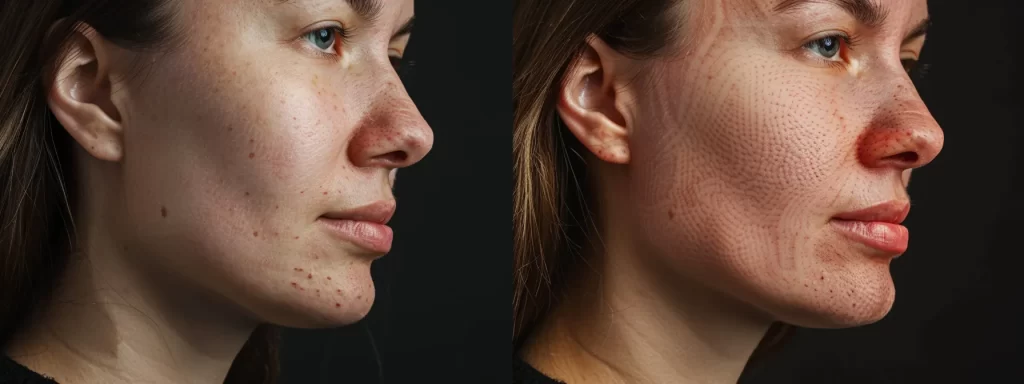
After undergoing Ultherapy, patients may experience several common side effects. These include redness and swelling, tingling or numbness sensations, bruising, and increased skin sensitivity. Additionally, some individuals may feel temporary discomfort during the procedure. Understanding these effects is essential for anyone considering this collagen induction therapy as a cosmetic procedure for facial rejuvenation and skin tightening.
Redness and Swelling After Treatment
Redness and swelling are common side effects following an Ultherapy treatment, as the ultrasound energy stimulates the skin’s deeper layers. This reaction is part of the body’s natural healing process, which can also help reduce wrinkles and improve overall skin texture. While these effects typically subside within a few hours to a couple of days, patients should be aware that in rare cases, prolonged redness or swelling may occur, especially in individuals with sensitive skin or pre-existing skin conditions, such as certain diseases or skin tags.
Tingling and Numbness Sensations
Tingling and numbness sensations are common side effects experienced by patients after undergoing Ultherapy. These sensations occur as the ultrasound energy interacts with the skin, stimulating deeper layers and triggering the body’s natural response. While these feelings are typically temporary, they can be concerning for individuals, especially those who may have a history of skin irritation or are considering other treatments like Kybella injections or hair removal procedures. Understanding that these sensations are part of the healing process can help alleviate anxiety and provide reassurance to those seeking effective solutions for aging skin.
Bruising and Skin Sensitivity
Bruising and skin sensitivity are common side effects of Ultherapy that patients may experience following the treatment. The ultrasound energy used during the procedure can lead to localized edema, resulting in temporary bruising in some individuals. While these effects typically resolve within a few days, patients should be aware that those with sensitive skin or a history of procedures like laser hair removal may be more prone to these reactions. Understanding these potential side effects can help individuals manage their expectations and plan for any necessary downtime after the treatment.
Temporary Discomfort During the Procedure
During the Ultherapy procedure, some patients may experience temporary discomfort as ultrasound energy is applied to the skin. This sensation can vary from mild to moderate and is often described as a tingling or prickling feeling, similar to what one might feel when receiving a local anesthetic. While this discomfort is generally short-lived, it is important for patients to understand that it is a normal part of the process, as the ultrasound energy targets connective tissue and stimulates nerve endings, promoting collagen production. For those concerned about pain management, discussing options with a practitioner, such as the use of Restylane for added comfort, can be beneficial.
Strategies for Managing Side Effects Effectively

Effective management of side effects after Ultherapy is essential for a smooth recovery. This section covers practical post-treatment care tips to minimize inflammation and promote healing. It also highlights products that can soothe treated skin and outlines signs that indicate when to contact a practitioner regarding any concerning side effects. These insights aim to enhance the overall experience and results of the Ultherapy procedure.
Post-Treatment Care Tips for Quick Recovery
To ensure a quick recovery after Ultherapy, patients should focus on gentle skincare and hydration. Applying a soothing gel can help alleviate redness and sensitivity, while staying hydrated supports the skin’s healing process. It is also advisable to avoid strenuous activities and drugs that may increase bruising risks, such as certain anti-inflammatory medications, for a few days post-treatment. For those considering additional procedures like liposuction or injections, consulting with a practitioner about the appropriate waiting period is essential to optimize results and minimize complications.
Products to Soothe Treated Skin
To soothe treated skin after Ultherapy, patients can benefit from using specific cosmetics designed to enhance skin recovery. Products containing hyaluronic acid are particularly effective, as they help maintain moisture and improve skin elasticity, addressing common side effects like redness and sensitivity. Additionally, soothing gels or creams with aloe vera can provide immediate relief, reducing discomfort caused by the ultrasound energy used during the procedure, ultimately promoting a smoother healing process.
When to Contact Your Practitioner About Side Effects
Patients should contact their practitioner if they experience unusual side effects after Ultherapy, such as persistent redness, swelling, or any signs of injury, particularly around sensitive areas like the eyebrow or thigh. If there are concerns about a pre-existing skin condition worsening or if symptoms do not improve within a few days, reaching out for professional advice is crucial. The Food and Drug Administration recommends monitoring any adverse reactions closely to ensure safe recovery and optimal results from the treatment.
Understanding Rare but Serious Risks
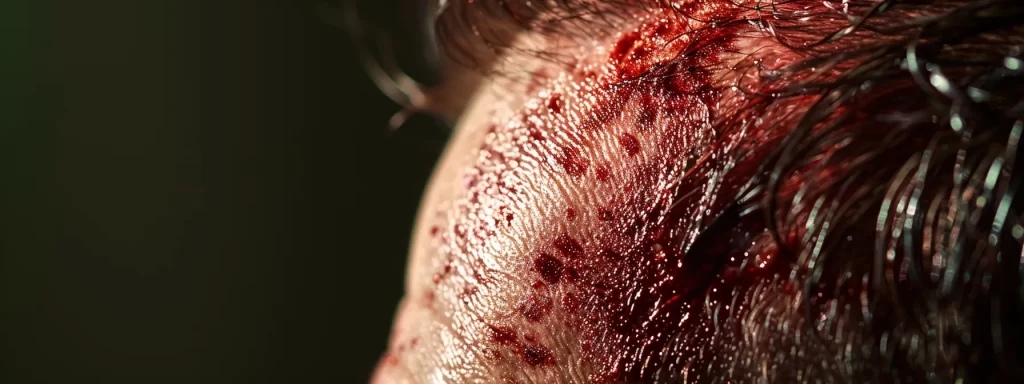
While Ultherapy is generally safe, there are rare but serious risks that patients should be aware of. Potential side effects include blistering or burns, which can occur if the ultrasound energy is not properly administered. Additionally, nerve damage may lead to symptoms such as numbness or tingling, particularly in areas like the forehead or abdomen. Signs of infection, including unusual redness or discharge, should also be monitored closely to ensure effective pain management and recovery.
Potential for Blistering or Burns
While Ultherapy is generally safe, there is a potential risk of blistering or burns, particularly if the ultrasound energy is not applied correctly. This risk can be heightened in individuals with specific medical histories or skin types, as their cells may react differently to the treatment. Patients should discuss their concerns with a qualified practitioner to ensure that the procedure is tailored to their unique skin characteristics, including the presence of elastin and other factors that influence skin resilience, especially in sensitive areas like the cheeks.
Nerve Damage and Its Symptoms
Nerve damage is a rare but serious risk associated with Ultherapy, particularly when focused ultrasound energy is not applied correctly. Symptoms may include persistent numbness or tingling in areas such as the neck, which can be concerning for patients. It is essential for individuals to consult with a qualified physician if they experience these symptoms, as timely intervention can help address any complications and ensure a safe recovery process.
Signs of Infection to Be Aware Of
Patients should be vigilant for signs of infection following Ultherapy, particularly in areas where the dermis has been treated. Symptoms such as unusual redness, warmth, swelling, or discharge can indicate an infection that requires prompt medical attention. If any of these signs appear, especially around sensitive areas like the breast or neck, it is crucial to consult a qualified practitioner to ensure proper care and prevent complications.
Preparing for Ultherapy to Minimize Side Effects

Preparing for Ultherapy is essential to minimize potential side effects and enhance the overall experience. A comprehensive consultation with a qualified provider is crucial, as it allows for a thorough discussion of medical history and current medications. Selecting an experienced practitioner ensures that the treatment is tailored to individual needs, ultimately promoting safer and more effective results.
Importance of a Comprehensive Consultation
A comprehensive consultation is vital for anyone considering Ultherapy, as it allows the practitioner to assess the patient‘s unique skin type and medical history. This personalized approach helps identify any potential risks and ensures that the treatment plan is tailored to meet individual needs, ultimately minimizing the likelihood of side effects. By discussing concerns and expectations during this initial meeting, patients can gain a clearer understanding of the procedure and feel more confident in their decision to pursue non-invasive skin tightening.
Selecting a Qualified and Experienced Provider
Selecting a qualified and experienced provider for Ultherapy is crucial to achieving optimal results and minimizing potential side effects. Patients should seek practitioners who are certified and have a strong background in non-invasive cosmetic procedures, particularly those specializing in ultrasound technology. By choosing a skilled provider, individuals can ensure that the treatment is tailored to their specific skin type and needs, ultimately enhancing safety and effectiveness during the Ultherapy process.
Discussing Medical History and Medications
Discussing medical history and current medications with a qualified practitioner is a critical step in preparing for Ultherapy. This conversation allows the provider to identify any potential risks associated with the treatment, such as allergies or previous skin conditions that may affect healing. Additionally, understanding the patient‘s medication regimen can help the practitioner recommend any necessary adjustments to minimize side effects, ensuring a safer and more effective Ultherapy experience.
Addressing Frequently Asked Questions on Ultherapy Side Effects
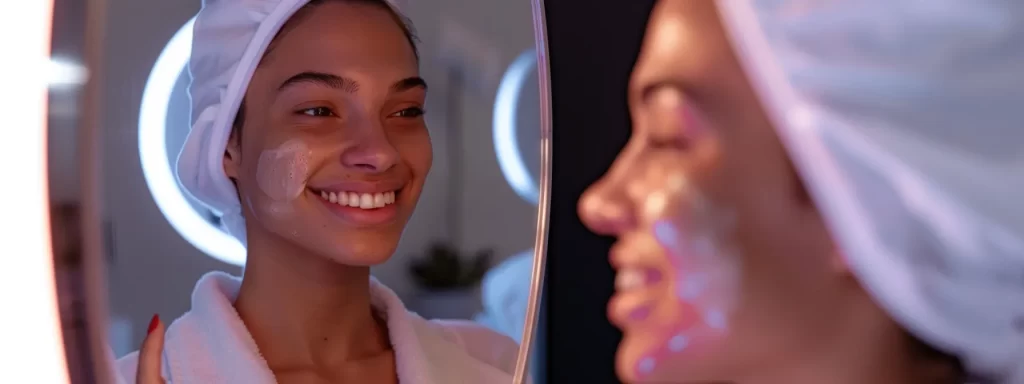
This section addresses frequently asked questions regarding the common side effects of Ultherapy. It covers the duration of these side effects, ensuring patients understand what to expect post-treatment. Additionally, it discusses the safety of Ultherapy for different skin types and explores the possibility of combining Ultherapy with other cosmetic treatments. These insights aim to provide clarity and enhance the overall experience for potential patients.
Duration of Common Side Effects
The duration of common side effects following Ultherapy can vary among individuals, but most effects, such as redness and swelling, typically resolve within a few hours to a couple of days. Tingling or numbness sensations may last a bit longer, often subsiding within a week. Understanding these timelines helps patients manage their expectations and plan for any necessary downtime, ensuring a smoother recovery process after this non-invasive skin tightening treatment.
Safety of Ultherapy for Different Skin Types
Ultherapy is generally safe for various skin types, but individual responses can vary. Patients with sensitive skin or specific conditions may experience heightened reactions, making it essential to consult with a qualified practitioner before the procedure. By assessing skin type and medical history, practitioners can tailor the treatment to minimize risks and enhance safety, ensuring that Ultherapy effectively addresses concerns related to skin tightening and rejuvenation.
Combining Ultherapy With Other Treatments
Combining Ultherapy with other cosmetic treatments can enhance overall results and address multiple skin concerns simultaneously. For instance, many patients opt to pair Ultherapy with dermal fillers or Botox to achieve a more comprehensive facial rejuvenation effect. It is essential for individuals to consult with a qualified practitioner to determine the best combination of treatments tailored to their specific needs, ensuring safety and maximizing the benefits of each procedure.
Conclusion
Understanding the common side effects of Ultherapy is crucial for anyone considering this non-invasive skin tightening treatment. By being informed about potential reactions such as redness, swelling, and temporary discomfort, patients can better manage their expectations and recovery process. A comprehensive consultation with a qualified practitioner ensures personalized care, minimizing risks and enhancing results. Ultimately, this knowledge empowers individuals to make confident decisions about their cosmetic treatments, leading to a more satisfying experience.

